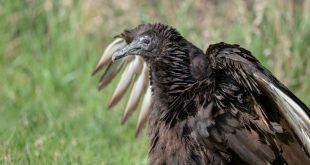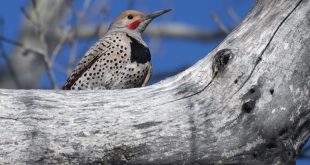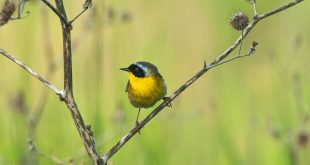Perhaps you saw Lauren Dinan’s article in Sunday’s Lincoln Journal Star about our Piping Plover color-banding project. Maybe you also remember last year I blogged about searching for Piping Plovers on the Texas coast near Galveston that were originally banded in Nebraska by the the Tern and Plover Conservation Partnership and the Nongame Bird Program. In addition to finding one of “our” birds, I also found several Piping Plovers banded by other research groups in the northern Great Plains. If you read one or both pieces, you already have a good understanding of our Piping Plover banding project. However, there is always more to tell.
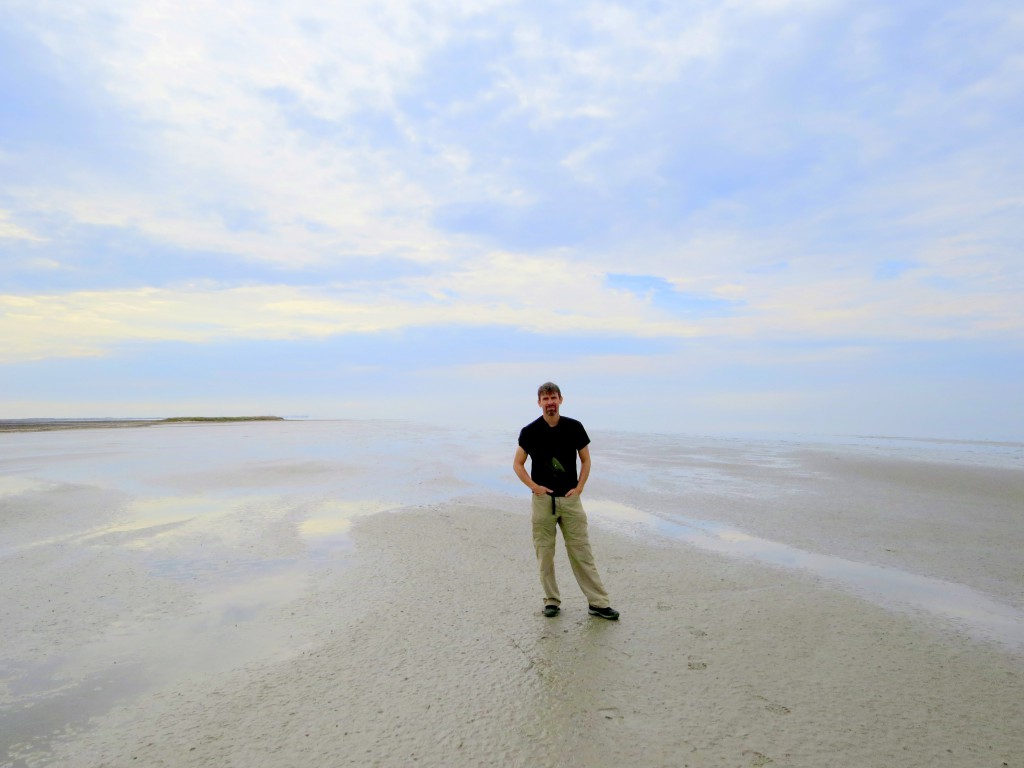
This past week, I was again on the Texas Coast. This time it was South Padre Island and I made time to search for Piping Plovers. Initial efforts to locate Piping Plovers on the Gulf of Mexico side of the island were unsuccessful. However, I, along with my significant other, found a few on the Laguna Madre side of the island. So, one beautiful morning we took the road that heads north out of the resort portion of South Padre Island. We drove to the end of the road, where beyond there is nothing but sand dunes, beaches, and water (and almost no people!). To reach the shore of the Laguna Madre required trudging more than a half mile, first through hilly sand dunes reminiscent of those in the Nebraska Sandhills, and then through spongy mud that grabbed at your feet with each step. Once we reached the shore, it was easy walking and it was not long before we encountered Piping Plovers.
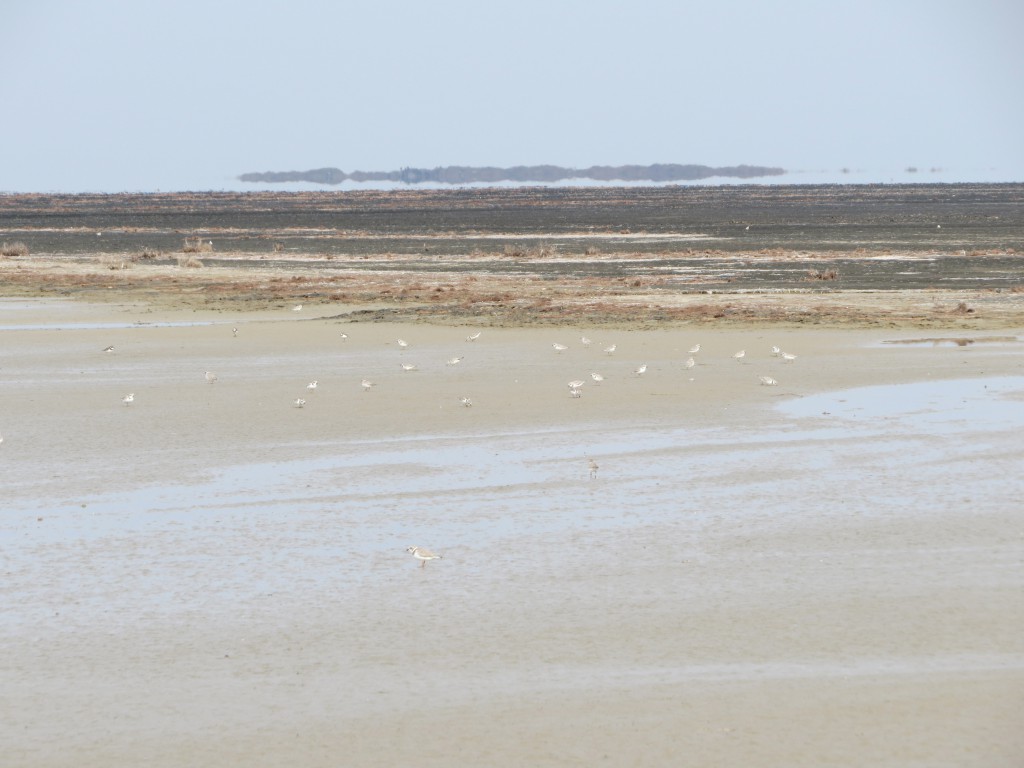
At first, we found loners every hundred meters or so. Perhaps about every third one was color-banded. I did not spend time trying to deduce individual band combinations in the field. Rather, I used my camera to capture photos so color bands could be determined with certainty later on a computer. After about a mile, we came across a loose flock of about fifty Piping Plovers, several of which were banded.
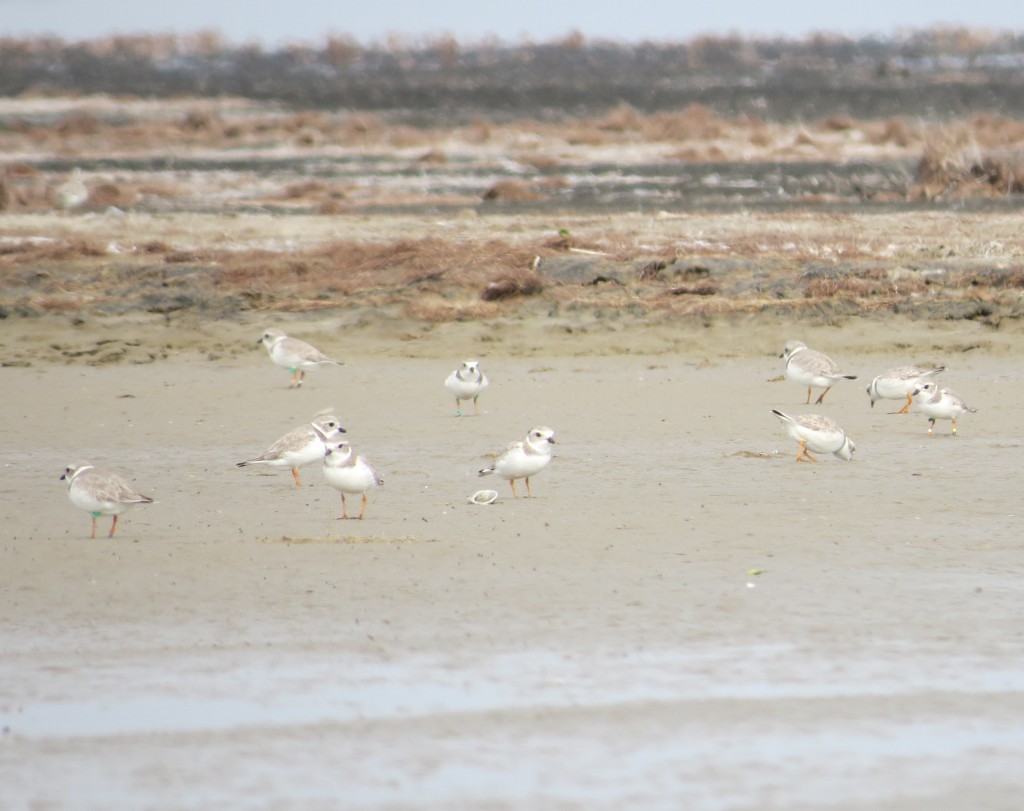
Overall, we ended up walking five or six miles, saw well over a hundred Piping Plovers, and photographed close to thirty color-banded Piping Plovers. In the field, I concluded that I did not find any of “our” Piping Plovers originally banded on the lower Platte River. However, as I was sorting through nearly 500 plover photos, I found one of our birds. Unfortunately, the bird was resting on one leg in both photos I captured of it; only half of its bands were visible. Thus, there was enough to know this was one of our birds, but there was not enough information to identify the individual bird.

The long hike was tiring, but it was well worth it to not only capture photos of quite a few banded plovers but also gain a better sense of where our Piping Plovers spend well over half of their annual cycle.

Finally, this is a blog about Nebraska and its birds, so spending time talking about Texas may seem off-topic. However, the Laguna Madre, the massive lagoon between Padre Island and the Texas mainland, is important to many migratory bird populations that either breed or migrate through Nebraska. Piping Plovers are the focus of this post and the number of Piping Plovers we saw in just a few hours is indicative of the importance of the Laguna Madre to this species. However, the Laguna Madre is also an important wintering area for other shorebirds, waterbirds, and waterfowl (such as Redheads). As we often emphasize, here, effective conservation of migratory birds needs to consider their full life cycle. The full life cycle includes habitats used for breeding, migration, and over-wintering. Banding helps us to connect the dots that allow us understand the full life cycle of birds.
 Nebraskaland Magazine
Nebraskaland Magazine

